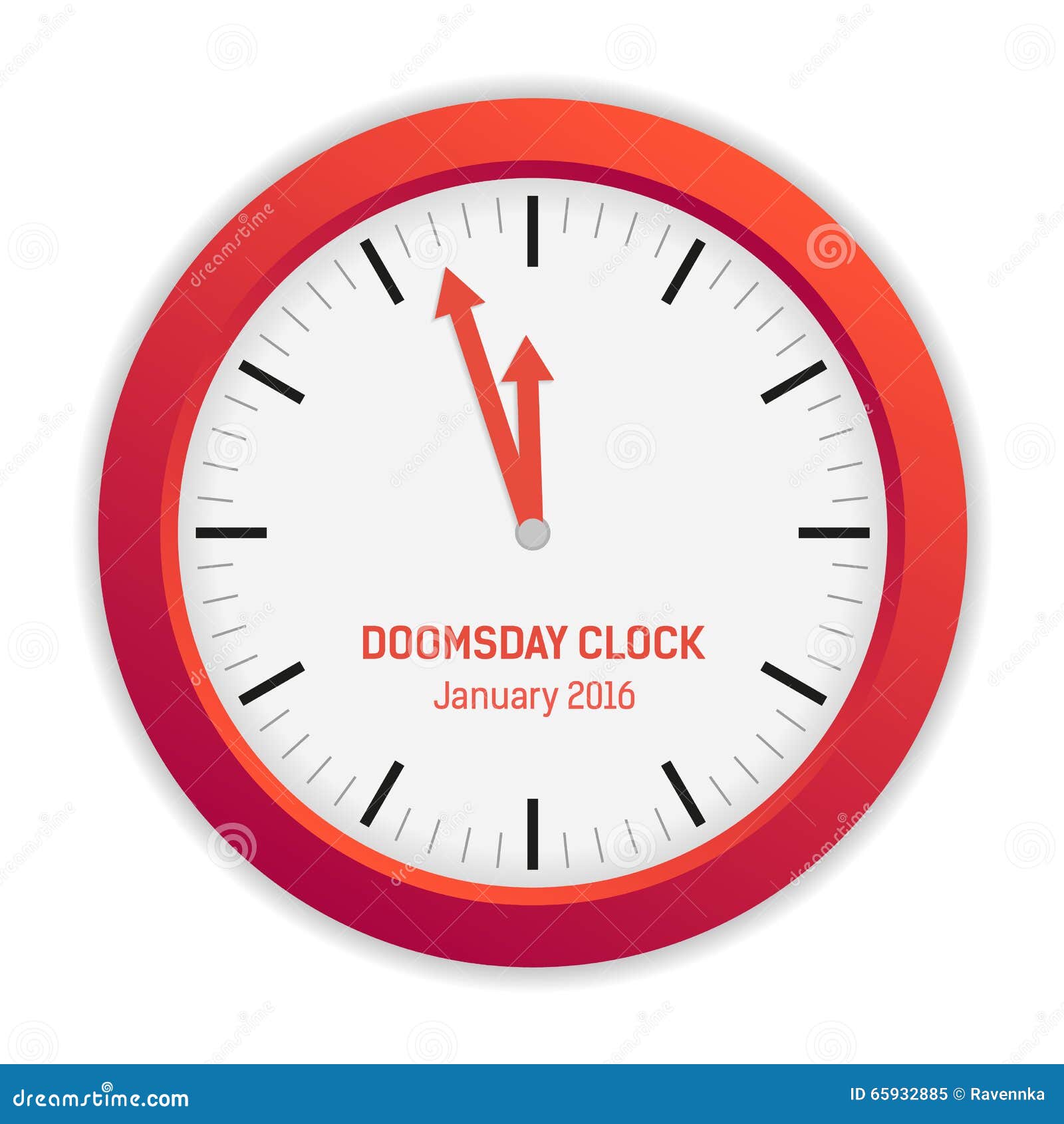

Secretary of Defense William Perry, second from left, speaks next to former U.S. Secretary of Defence William Perry for a discussion at Stanford University after the unveiling of the clock.įormer U.S. Secretary of State George Shultz and former U.S.

Michael Shermer, publisher of Skeptic magazine examining social and scientific controversies, said in an email that the Doomsday clock is "an exercise in pessimism and PR with little connection to the reality of moral progress made in the past half century." Shermer cited reductions in the number of nuclear weapons since the 1980s and the absence of war between Europe's great powers since World War II.Ĭalifornia Gov. "The key is whether countries over the next couple of years are able to agree on some important details that were left out." 'Exercise in pessimism'? "I think the jury is out as to whether the Paris agreement will make a significant difference," he said. On the other hand, Oppenheimer said if midnight means humans have emitted so much greenhouse gas that dangerous climate change is inevitable, then three minutes is a "fair analysis." and Russia virtually stopped.įrom a climate change perspective, if midnight on the clock represents the disappearance of humanity, three minutes-to-midnight is overly dire, said Michael Oppenheimer, a professor of geosciences and international affairs at Princeton University who is not affiliated with the bulletin. They cited climate change, modernization of nuclear weapons and outsized nuclear weapons arsenals as "extraordinary and undeniable threats to the continued existence of humanity." The clock was previously at three minutes-to-midnight in 1984, when the bulletin said talks between the U.S. The scientists behind the bulletin adjusted the clock from five minutes-to-midnight to three minutes-to-midnight last year. But the good news was offset by nuclear threats, including tension between nuclear-armed states India and Pakistan, and uncertainty that the Paris accord will lead to concrete action to reduce greenhouse gas emissions. Krauss said the Iran nuclear agreement and Paris climate accord were good news. "Unless we change the way we think, humanity remains in serious danger," said Lawrence Krauss, chair of the bulletin's Board of Sponsors. The clock reflects how vulnerable the world is to catastrophe from nuclear weapons, climate change and new technologies, with midnight symbolizing apocalypse. The Bulletin of the Atomic Scientists announced that the minute hand on the metaphorical clock remained at three minutes-to-midnight. "We, the members of the Science and Security Board of the Bulletin of the Atomic Scientists, want to be clear about our decision not to move the hands of the Doomsday Clock in 2016: That decision is not good news, but an expression of dismay that world leaders continue to fail to focus their efforts and the world's attention on reducing the extreme danger posed by nuclear weapons and climate change.Rising tension between Russia and the U.S., North Korea's recent nuclear test and a lack of aggressive steps to address climate change are putting the world under grave threat, scientists behind a "Doomsday Clock" that measures the likelihood of a global cataclysm said Tuesday.

Far too close," the organization said in a statement. last year - will remain at the closest it's been to midnight since 1984, when the Cold War was at its iciest. and Russia, conflicts in Syria and Ukraine, North Korea's recent nuclear test, as well as nuclear modernization by a number of countries, including the U.S., has offset the positive work achieved in the past year.Īs a result, the clock - which was moved up two minutes to 11:57 p.m. Managed by the Bulletin of the Atomic Scientists, the clock symbolizes how close humanity is to destroying itself, with midnight representing global apocalyptic disaster.ĭespite the progress represented by the Iran nuclear deal and the Paris climate summit, the BAS says rising tensions between the U.S. The Doomsday Clock remains unchanged this year, at three minutes to midnight. The Doomsday Clock stayed fixed at three minutes to midnight - the closest it has been to midnight since 1984.


 0 kommentar(er)
0 kommentar(er)
